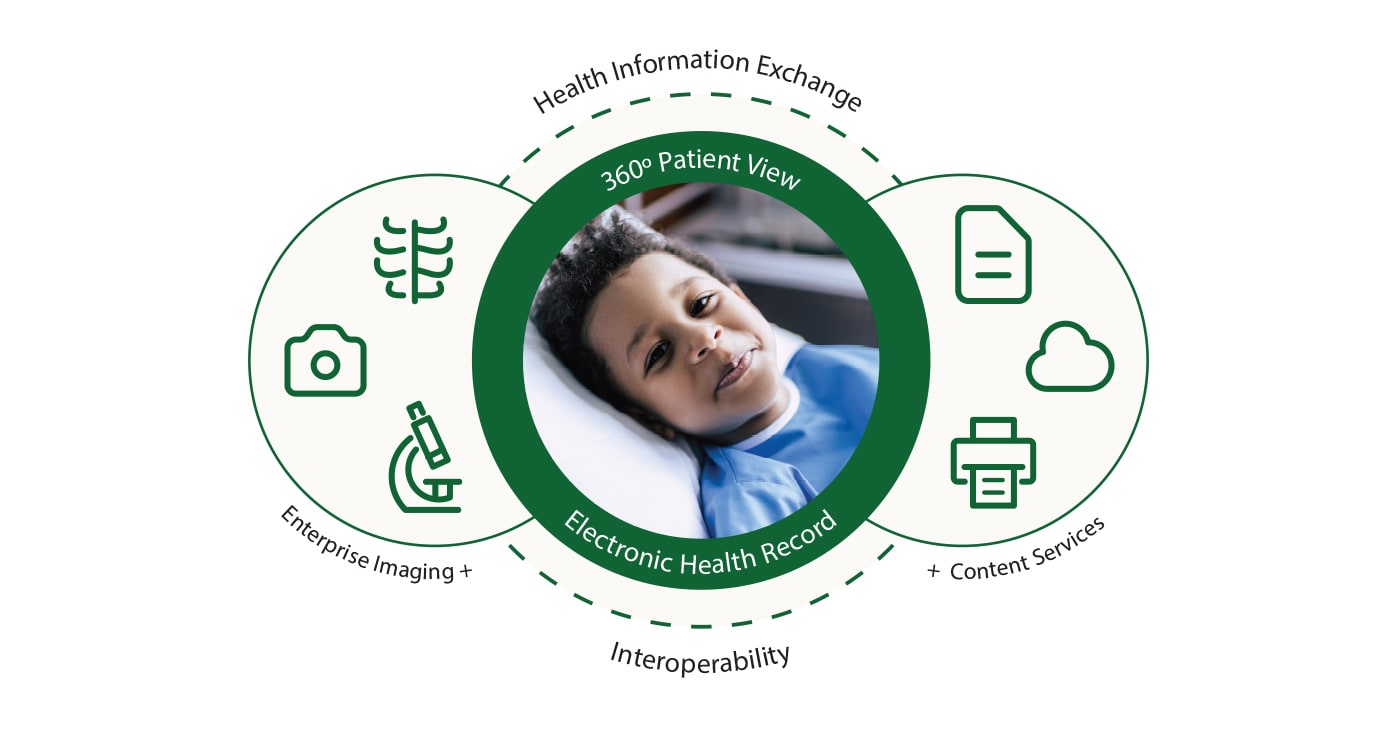The Relevance of Healthcare RCM in Enhancing Cash Flow and Efficiency
The Relevance of Healthcare RCM in Enhancing Cash Flow and Efficiency
Blog Article
A Comprehensive Guide on Just How Healthcare RCM Works to Enhance Payment and Collections
Navigating the intricacies of health care profits cycle management (RCM) is crucial for providers aiming to boost their payment and collections processes. The guide unboxes the intricacies of RCM, from client registration to balance dues monitoring, offering understandings right into enhancing each step. Incorporating advanced modern technology and standard treatments can dramatically decrease case denials and speed up repayment cycles. Yet, the real difficulty depends on perfectly merging these components to increase capital. As we discover the core parts and strategies that drive efficiency, one concern remains: how can medical care entities finest placement themselves to grow financially in an ever-evolving industry?
Comprehending Earnings Cycle Administration
RCM is a critical management function that encompasses the entire economic procedure of individual care, from the first appointment establishing to the final settlement of the equilibrium. It is a complicated treatment designed to recognize, gather, and manage the earnings from the solutions provided to patients.
The RCM procedure starts when an individual timetables a consultation and extends with the client's treatment journey, including billing and collections. A key objective is to reduce the time between receiving and providing a service settlement, thus enhancing the organization's financial health and wellness. RCM entails numerous features such as person registration, insurance policy verification, fee capture, coding, declares submission, settlement publishing, and taking care of charms and rejections.
Key Components of RCM
In the world of Profits Cycle Administration (RCM), understanding its essential elements is essential to achieving financial performance within medical care organizations. RCM is an extensive procedure that includes various stages, each essential to making certain efficient billing and collections. The primary elements include patient enrollment, insurance policy verification, cost capture, coding, insurance claim entry, settlement posting, and balance due monitoring.


As soon as coded, cases are submitted to payers, where accuracy is critical to prevent hold-ups or denials - Healthcare RCM. Payment posting includes videotaping the received repayments, which permits the reconciliation of accounts. Last but not least, receivables administration concentrates on tracking and dealing with unpaid cases, guaranteeing prompt follow-up and resolution
Each component of RCM is adjoined, and inefficiencies in any type of part can interrupt the whole cycle. For that reason, mastering these components is vital for medical care companies to maximize income and boost their financial wellness.
Techniques for Reliable Invoicing

Systematizing billing treatments across the company is another key approach. Developing clear standards for documentation, coding, and entry assists preserve uniformity and compliance with governing requirements. Educating team regularly on these treatments makes certain every person is updated with the newest changes in payment codes and payer policies.
Exact fee capture is essential in stopping revenue leak. Implementing routine audits and monitoring systems permits the recognition and modification of discrepancies prior to they affect profits. Furthermore, maintaining open lines of communication with payers aids to rapidly solve any type of disputes or misconceptions that might develop.

Finally, interesting patients early in the payment procedure by providing clear price quotes and academic materials concerning their monetary responsibilities can substantially reduce complication and enhance payment timeliness. These techniques jointly add to an extra financially healthy and efficient billing system.
Enhancing Collections Processes
Provided the intricacies of clinical navigate to this website billing and the range of payer requirements, enhancing the collections process involves implementing critical actions that ensure timely and precise settlement of solutions provided. Automation tools can assist in tracking insurance claim conditions, sending out timely pointers to people, and handling denials much more effectively.
Clear and transparent person communications are critical. Giving in-depth descriptions of costs and providing versatile payment plans can increase patient fulfillment and punctual repayments.
Regular audits of the collections procedure ought to be conducted to determine locations for enhancement and make certain compliance with regulations. By analyzing data, click healthcare companies can determine fads, anticipate prospective concerns, and adapt strategies appropriately (Healthcare RCM). Ultimately, a well-enhanced collections process not only supports financial health and wellness but additionally adds to a more seamless experience for clients and staff alike
Optimizing Profits Streams
Structure upon the foundation of a strong collections process, health care companies can better strengthen their monetary security by tactically enhancing income streams. This involves a multi-faceted method, starting with a thorough evaluation of existing earnings sources to recognize inefficiencies and locations for development. Utilizing innovative information analytics devices makes it possible for companies to obtain understandings into payer mix, patient demographics, and solution usage patterns, allowing for data-driven decisions that improve earnings capture.
Carrying out automated invoicing systems can substantially lower mistakes and expedite cases processing, making sure that income is accumulated extra successfully. In addition, maximizing payer contracts via normal arrangements can improve repayment prices and terms, straight influencing the bottom line. Expanding solution offerings, such as incorporating telehealth or health care, can likewise draw in a wider patient base, thus boosting earnings capacity.
An additional important part is boosting patient engagement and fulfillment, as satisfied individuals are more most likely to comply with treatment strategies and make prompt repayments. Providing versatile payment alternatives and clear payment methods can enhance collections and foster person commitment. Healthcare RCM. By taking on these approaches, medical care companies can create an extra resistant monetary framework, making sure continual development and stability in an ever-changing sector landscape
Verdict
In conclusion, health care Profits Cycle Administration (RCM) plays a crucial function in enhancing billing and collections procedures by incorporating vital components such as patient enrollment, insurance verification, fee capture, coding, asserts submission, and accounts receivable monitoring. By utilizing advanced innovation, standardizing treatments, and promoting individual engagement, health care suppliers can significantly lower insurance anonymous claim denials, speed up payment cycles, and boost cash money flow. This detailed approach to RCM eventually results in boosted monetary efficiency and sustainability for healthcare organizations.
The RCM process begins when a client timetables a consultation and prolongs with the person's care trip, including invoicing and collections.Another important component is boosting client interaction and complete satisfaction, as satisfied individuals are much more most likely to stick to treatment strategies and make prompt settlements. Supplying flexible settlement choices and transparent billing techniques can improve collections and foster individual commitment.In final thought, healthcare Earnings Cycle Monitoring (RCM) plays an important duty in enhancing payment and collections procedures by integrating crucial elements such as patient enrollment, insurance coverage confirmation, cost capture, coding, declares submission, and accounts receivable administration. By using sophisticated innovation, standardizing procedures, and promoting person engagement, healthcare suppliers can substantially reduce case rejections, speed up repayment cycles, and enhance money circulation.
Report this page